Sermons & Homilies
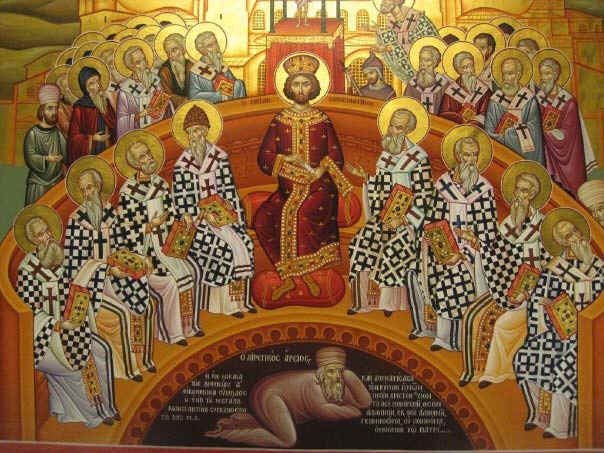
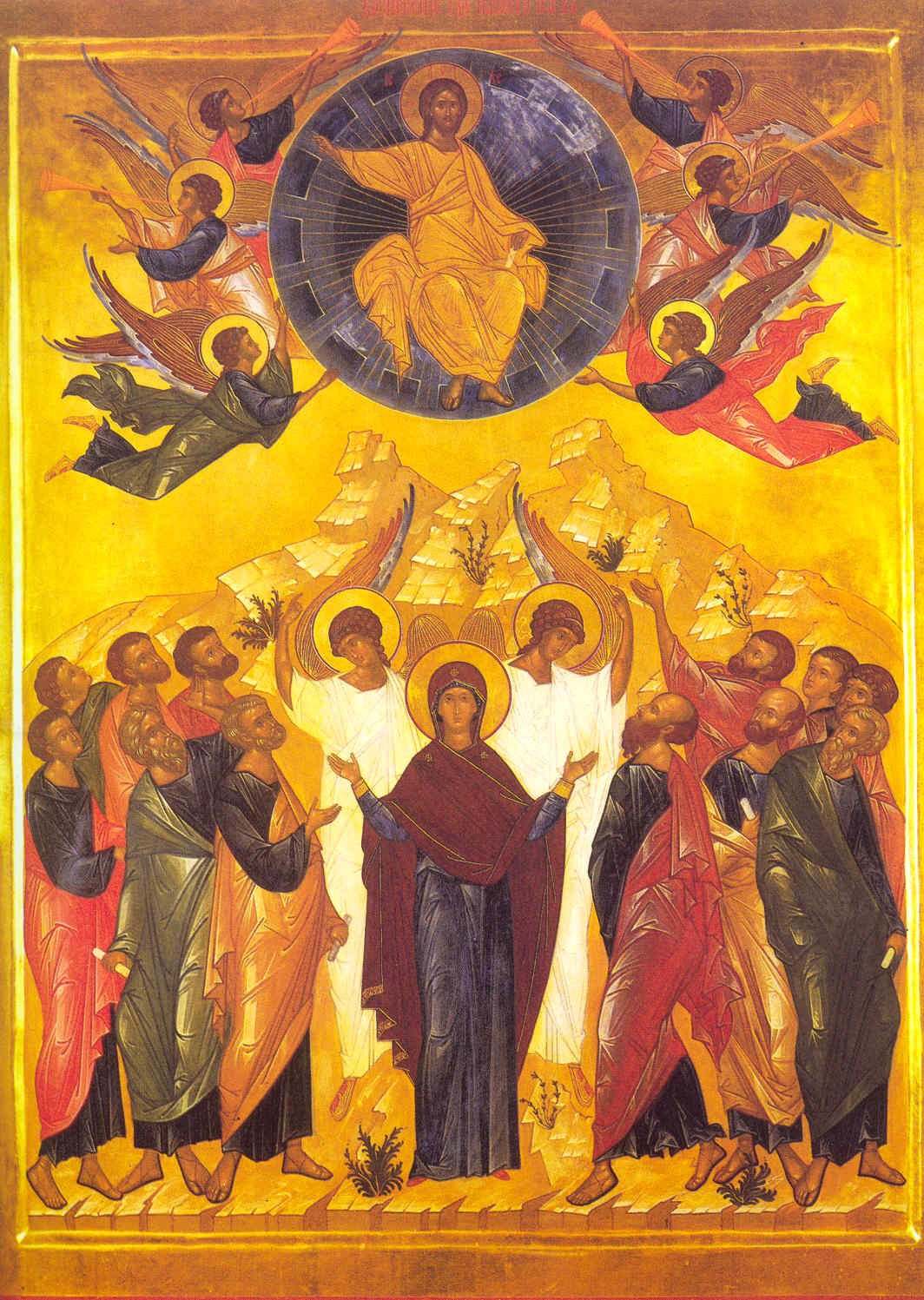
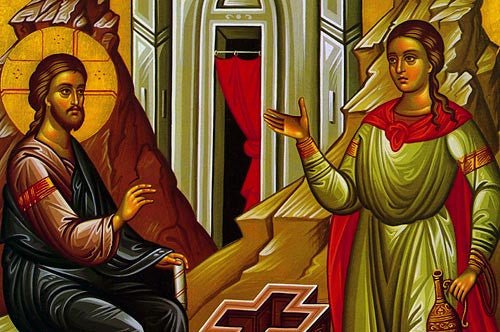
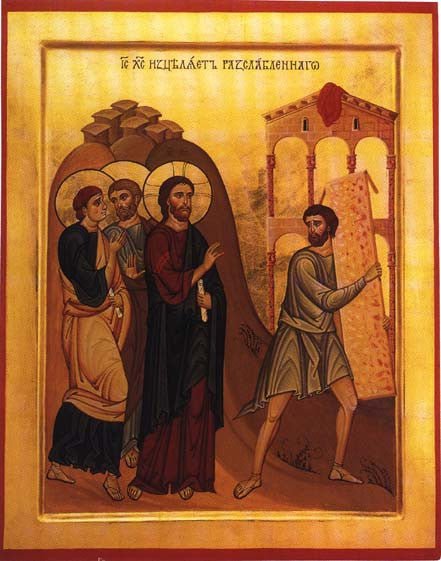
Today is the Fourth Sunday of Pascha, which is known as the Sunday of the Paralytic because of the appointed reading from the Gospel of John which we have just heard. That the Holy Church has appointed this reading for the Fourth Sunday of Pascha is very interesting, because we begin now to hear Gospel lessons which no longer have any obvious and outward connection to the Paschal season. No longer do we commemorate the events surrounding the Lord’s Resurrection, but rather encounters which had already come to pass before our Lord Jesus Christ went to His voluntary and saving Passion.
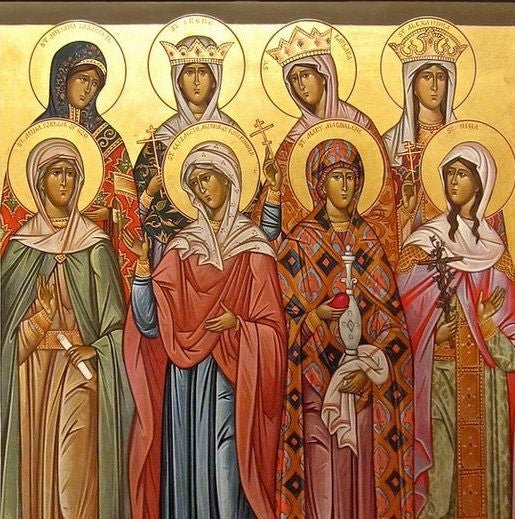
This Sunday – the second Sunday after Pascha – we remember, and we celebrate, the Holy Myrrh-Bearing Women, as well as Joseph of Arimathea and Nicodemus. And who were these people? They were a people that exemplified perfect love, courage and faithfulness towards their friend, Jesus Christ of Nazareth. When we read the Gospel, it seems like they are hardly mentioned – just a passing note on the way to Christ’s Resurrection. But what faith and what love of Christ did the Myrrh-Bearing women show! What loyalty and devotion! At the darkest hour, when all had abandoned Christ, when all hope seemed to be lost, these women – along with Joseph of Aramathea – went and risked their lives to take Christ from the Cross, to lovingly wrap Him in linen, and to lay Him in a new grave. And when all were hidden away in fear of the Jews and of the powers that be, when all had abandoned Christ, their murdered Messiah, it was this small group of women who risked everything out of love for Christ – to anoint Him with myrrh and sweet spices. And just as it was through a woman, through Eve, that sin came into the world, it was through a woman, the Theotokos, that God came into the world. And it was to these women that the Resurrection was first revealed. It was in this way that their true love, devotion and bravery was rewarded by God. While all were cowering behind locked doors, these women, faithful to Christ and out of love for their friend, were amazed to behold the empty tomb, and to hear the words – for the first time ever – “He is Risen!”

